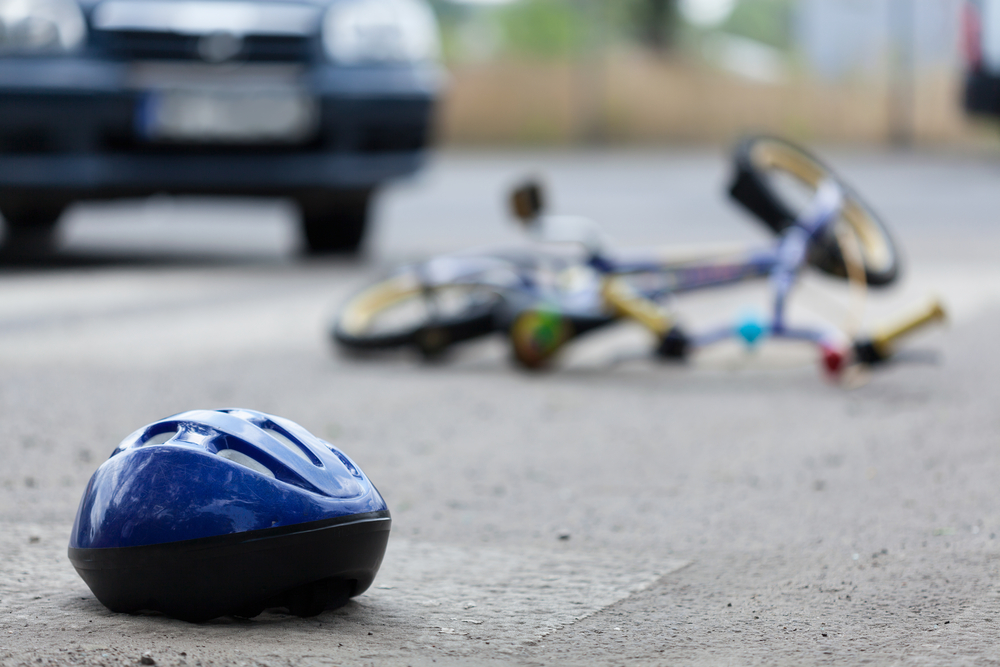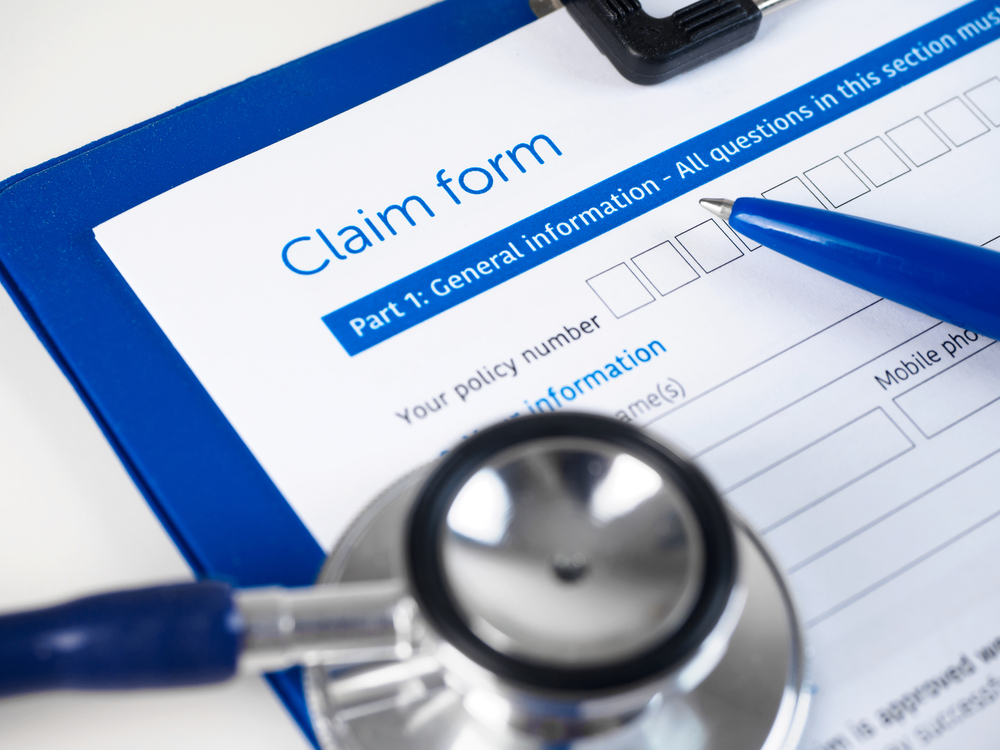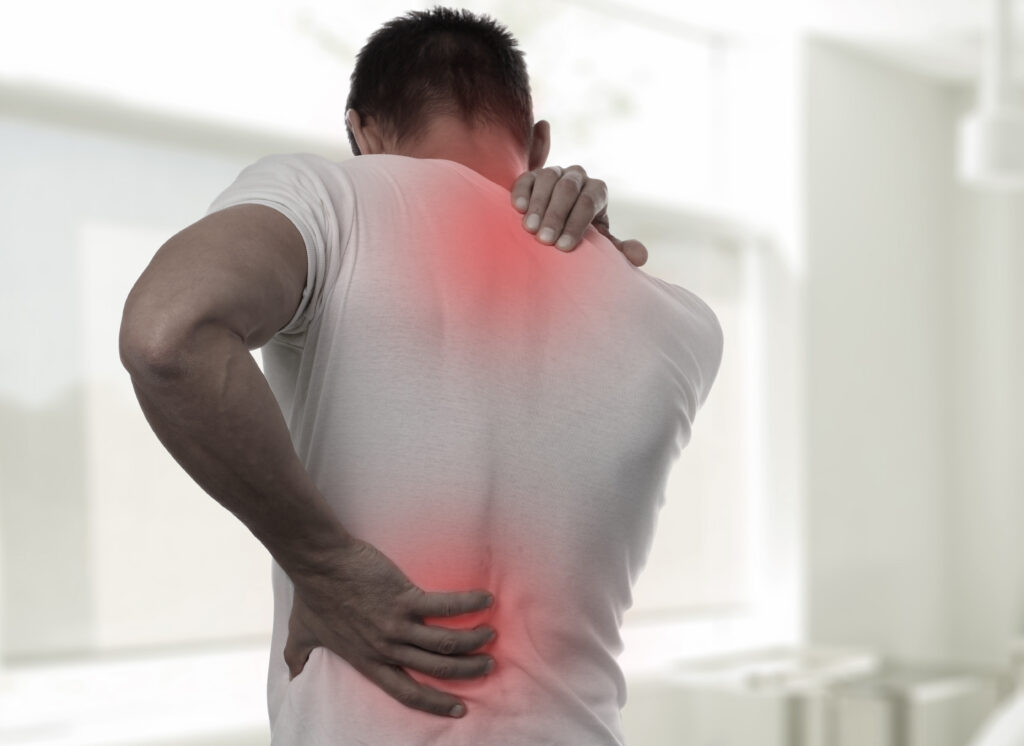Bicycling is a popular mode of transportation and recreation, but it also comes with risks – especially when sharing the road with motor vehicles.
Bicycle accidents frequently happen when drivers behave in a distracted, reckless, or careless manner. Injured bicycle accident victims may be eligible to file a personal injury claim or lawsuit seeking various types of financial compensation. A skilled Edmonton bicycle accident lawyer can pursue the justice you deserve for your losses, including compensation for lost income, loss of earning capacity, inconvenience, pain, and suffering.
Frequent Injuries in a Bike Accident
Accidents that result from negligent driving can lead to various injuries for cyclists, some of which are severe.

- One of the most common injuries is head trauma. Despite wearing helmets, cyclists can still suffer concussions and other serious traumatic brain injuries (TBIs) when they collide with vehicles or hit the ground. TBIs can have long-lasting effects, including memory loss, cognitive impairments, and personality changes, making them particularly concerning.
- Fractures are another frequent injury in bike accidents. The force of a collision often leads to broken bones, with the collarbone, arms, wrists, and legs being the most susceptible. These fractures can require lengthy recovery periods involving surgery and rehabilitation. In some cases, they can lead to permanent disability, affecting a cyclist’s ability to ride in the future.
- Spinal injuries are also common and can be devastating. The force of an accident can damage the vertebrae or spinal cord, leading to conditions such as herniated discs or, in severe cases, paralysis. Such injuries not only affect mobility but can also have significant implications for a person’s overall quality of life.
- Road rash, a term used to describe skin abrasions from sliding across the pavement, is another common injury. While it may seem minor compared to fractures or TBIs, road rash can be very painful and prone to infection. Severe cases may require skin grafts and leave permanent scars.
- Internal injuries are often less immediately apparent but can be life-threatening. The force of a bicycle collision can cause damage to internal organs, leading to internal bleeding. Such injuries may not be visible right away but require urgent medical attention to prevent serious complications.
- Lastly, cyclists often experience psychological trauma after an accident. The shock of the incident, combined with the physical pain and recovery process, can lead to conditions like post-traumatic stress disorder (PTSD), anxiety, and depression. These psychological effects can be just as debilitating as physical injuries, affecting a cyclist’s willingness to ride again.
If you suffered one or more of these injuries in a bike accident, an experienced bicycle accident lawyer can handle your case while you attend medical appointments and focus on your recovery.
Common Causes of Bicycle Accidents
Bicycle accidents involving negligent drivers are unfortunately common and often result from several key behaviours.
- One major cause of bicycle accidents is distracted driving. This happens when drivers divert their attention from the road, typically due to activities like texting, talking on the phone, eating, or using in-car technologies. When drivers are not fully focused, they may fail to notice cyclists, leading to dangerous situations and potential collisions.
- Speeding is another significant factor in bike accidents. When drivers exceed the speed limit, they have less time to react to sudden changes in their environment, such as a cyclist entering an intersection. High speeds also increase the force of impact in any collision, making accidents more severe. Speeding in areas with high bicycle traffic is particularly hazardous and can easily result in accidents.
- Failure to yield is a common cause of bicycle accidents at traffic intersections and crosswalks. Drivers who do not yield the right-of-way to cyclists – either through ignorance or impatience – create dangerous scenarios. Cyclists, being more vulnerable, are at a higher risk when drivers fail to observe these rules, especially when turning or merging.
- Another frequent issue is improper turning. Drivers sometimes make turns without properly checking for cyclists, leading to collisions. Right-hook accidents occur when a vehicle turns right across the path of a cyclist who is going straight, while left-hook accidents happen when a vehicle turns left in front of an oncoming cyclist. Both types of turns require drivers to carefully check their mirrors and blind spots.
- Driving under the influence of alcohol or drugs is another major contributor to bicycle accidents. Impaired drivers have slower reaction times, reduced coordination, and poor judgment, all of which increase the likelihood of accidents. Drunk and drugged driving are illegal for a reason: they both endanger everyone on the road – especially cyclists.
- Lastly, poor visibility and inadequate use of signals also lead to bicycle accidents. When drivers fail to use turn signals or drive without proper lighting in low-visibility conditions, they make it difficult for cyclists to anticipate their actions. This unpredictability often results in collisions, as cyclists are unable to react in time to avoid an accident.
How to Prove a Bicycle Accident Claim Successfully
Proving a bicycle accident claim involves demonstrating that the driver was at fault and that their negligence caused the cyclist’s injuries. There are several key legal elements that must be established to make a successful claim.

- The first element is a duty of care. This means showing that the driver had a responsibility to drive safely and follow traffic laws. All drivers have a duty of care to other road users, including cyclists. Establishing this duty is usually straightforward, as it’s a legal obligation for anyone driving a vehicle.
- The second element is a breach of duty. To prove this, you need to show that the driver failed to act as a reasonably prudent person would under similar circumstances. Examples of breach of duty include speeding, running a red light, or driving while distracted. Evidence like traffic camera footage, witness statements, or police reports can be crucial in demonstrating that the driver did not uphold their legal duty of care.
- Next, you must establish causation. This means proving that the driver’s breach of duty directly caused the accident and resulting injuries. This can sometimes be challenging, as you need to connect the driver’s negligent actions to the accident. Medical records, expert testimony, and accident reconstruction reports can help establish this link by showing how the injuries are consistent with the accident and how the driver’s actions led to the collision.
- The final element is damages. To have a valid claim, you must demonstrate that you suffered actual harm or losses as a result of the accident. This can include physical injuries, lost income, and pain and suffering. Collecting and presenting documentation, including police reports and medical records, can help with substantiating your claim for damages.
It’s also beneficial to gather as much evidence as possible at the scene of the accident. This includes taking photos of the accident site, the vehicles involved, and any visible injuries. Getting contact information from witnesses and obtaining a copy of the police report can also be very helpful.
To prove a bicycle accident claim successfully, you need to demonstrate that the driver owed a duty of care, breached that duty, caused the accident, and brought about damages. By gathering strong evidence and clearly linking the driver’s negligence to your injuries, you can build a compelling case and improve your chances of a successful claim.
Types of Recoverable Bike Accident Damages
In a bicycle accident claim or lawsuit, riders can recover various types of damages. These damages are intended to compensate for the broader effects of the accident on the cyclist’s life. Here are some of the most common types:
- Lost Income – If a cyclist suffers an injury in an accident and cannot work, they can claim lost income. This includes the income they would have earned during the time they were unable to work due to their injuries. For example, if a cyclist is out of work for several weeks or months, they can be compensated for the income they missed.
- Loss of Earning Capacity – Sometimes, injuries from a bicycle accident can lead to long-term or permanent disabilities that prevent the cyclist from returning to their previous job or working in the same capacity. In such cases, they can claim damages for their loss of future earning potential. This considers how much the person would have earned over their lifetime if not for the injury.
- Pain and Suffering – These damages compensate for the physical pain and emotional distress resulting from the bike accident and resulting injuries. Pain and suffering can be challenging to quantify, but it considers factors like the severity of the injuries, the pain endured during recovery, and any ongoing discomfort or limitations.
- Emotional Distress – Beyond physical injuries, a bicycle accident can cause significant emotional trauma. Cyclists may suffer from anxiety, depression, or post-traumatic stress disorder (PTSD) as a result of the accident. Emotional distress damages aim to compensate for the psychological effects of the collision and the effects on the cyclist’s mental health and well-being.
- Lost Quality of Life – If the injuries from the accident significantly affect the cyclist’s ability to enjoy daily activities and hobbies they previously participated in, they can claim loss of enjoyment of life damages. This includes being unable to engage in sports, social activities, or other leisure activities that once brought joy and fulfillment.
- Permanent Disability or Disfigurement – If the accident results in a permanent disability or disfigurement, such as the loss of a limb or severe scarring, the cyclist can claim damages for the long-term effect on their quality of life. These damages recognize the profound changes and challenges the cyclist will face due to their permanent condition.
These damages aim to address the overall effects of the bicycle accident on the cyclist’s life and well-being.
Settling or Litigating a Bicycle Accident Case

Deciding whether to settle or litigate a bicycle accident case is a crucial step for any injured cyclist. Each option has its pros and cons, and the choice depends on various factors, including the specifics of the case and the desired outcome.
Settling a case means reaching an agreement with the other party – usually the at-fault driver or their insurance company – without going to court. Settlements are often quicker and less stressful than litigation. When settling, both parties negotiate a compensation amount that covers the cyclist’s damages, such as lost income, loss of earning capacity, and pain and suffering. One major advantage of settling is that it provides a guaranteed outcome. Cyclists receive compensation without the uncertainty of a court trial. Additionally, settlements typically resolve faster than court cases, allowing the injured cyclist to recover their funds and move forward with their life sooner.
However, settlements can have downsides. The compensation offered in a settlement may be lower than what can be awarded in court. Insurance companies often try to minimize their payout, and initial settlement offers may not fully cover all the cyclist’s damages. Therefore, it’s crucial to have legal representation to negotiate a fair settlement.
On the other hand, litigating a case involves taking the matter to court. This process can be more time-consuming and stressful but can also lead to higher compensation if the court rules in favour of the cyclist. Litigation is often pursued when the settlement offers are inadequate or when the at-fault party denies liability. During litigation, both sides present evidence and arguments, and a judge or jury determines the outcome.
The advantages of litigation include the potential for higher compensation and a public acknowledgment of the driver’s fault. However, litigation has its challenges. It can take months or even years to resolve a case through the court system. There is also the inherent risk of losing the case, in which the cyclist may receive nothing.
An experienced bicycle accident lawyer can help you decide whether settlement or litigation is the right option for you and your case.
Speak with an Experienced Bike Accident Lawyer Today
If you recently suffered injuries in a bicycle accident that a negligent driver caused, a skilled bicycle accident lawyer in your area can be helpful. Your Edmonton personal injury lawyer will file a timely claim or lawsuit in your case, negotiate with the insurance company on your behalf, and pursue fair financial compensation for your losses.
